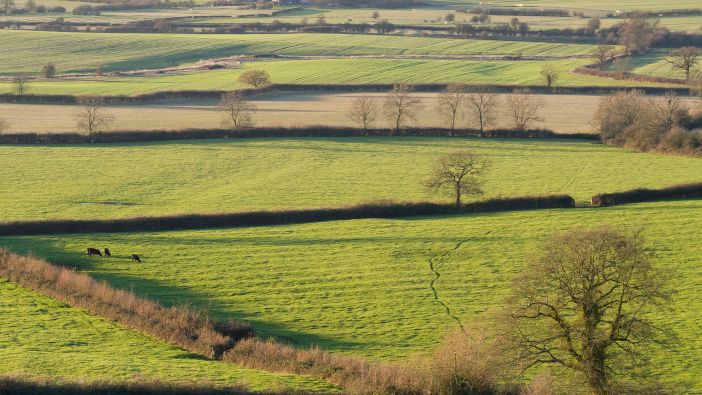Farmers and land managers can submit applications for 2024 Countryside Stewardship Mid Tier agreements from today, March 21.
Countryside Stewardship pays farmers for environmental work, such as restoring wildlife habitats, managing woodlands and mitigating flood risks. 32,000 Countryside Stewardship agreements are now in place across England – a 94% increase in uptake since 2020 – including nearly 26,000 Mid-Tier agreements.
Following farmer feedback, the scheme has continued to evolve and improve with:
- The removal of the limit on the value of capital items in the water or air quality, hedgerow and boundary, or natural flood management priorities
A broadened offer to support natural flood management, create more areas of scrub, and reduce nitrogen inputs in groundwater; - Improvements to the application process to make it easier for farmers and land managers, with a new online application service, the removal of the need for farmers to request an application pack before starting their application, automatic checks to enable applications to be processed quicker, and an annual declaration.
- n average increase of 10% for revenue payment rates and 48% for capital payment rates, as announced in January.
2024 Mid Tier agreements
A number of new options in Countryside Stewardship Mid Tier are available to those applying from today. Farmers and land managers can support natural flood management; create more areas of scrub; and reduce nitrogen inputs in groundwater alongside a broad range of other options and capital items that are available. Existing Wildlife Offers for arable, mixed, lowland grazing and uplands farmers, provide a package of actions that help support the wildlife on farms by providing sources of nectar and pollen for pollinators and winter food and improved habitats for birds.
Applications open today for multi-year grants where payments are made annually for five years, as well as a range of grants for specific capital works including capital to help prevent water and air pollution, support natural flood management, and create or restore hedgerows.
The limit on the value of capital items that can be included in a Mid Tier agreements has been removed. Dedicated advice to support management of water and air pollution and support natural flood management is also available from Catchment Sensitive Farming (CSF) officers in all catchments
Farmers should also consider the range of standalone capital offers available, Defra said.
Applications for 2024 can be made via the Rural Payments Service, and a number of measures have been made to enhance the administration of scheme.
For this year, a new online application service will be available, which Defra said will make it ‘clearer and easier to make an application’. Farmers simply need to accept and download an agreement, there is no need to request an application pack so farmers can start building their application straight away. The application service includes some new functionality that will allow us to carry out checks automatically. This will enable the RPA to process applications much faster.
From this year the RPA has already introduced an annual declaration as part of the CS claim which will also make the process much more quicker, reducing the administrative burden for farmers and land managers.
Range of options
Farming Minister, Mark Spencer said: “Countryside Stewardship is already popular amongst farmers, with almost 32,000 people signed up across England and something on offer for every type of farm.
“With the latest application window opening today, I urge farmers to take a look at the full range of options and capital items available and consider the improved application process and the removal of the limit on capital grants to see if they could benefit in 2024.”
As announced last year, the government is evolving Countryside Stewardship rather than building Local Nature Recovery as a new scheme, but it said it was incorporating all of the original ambition.




